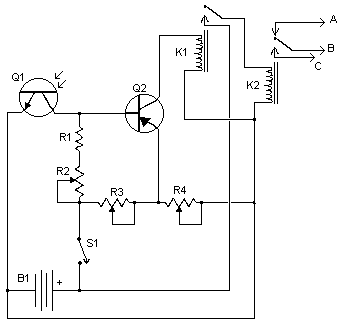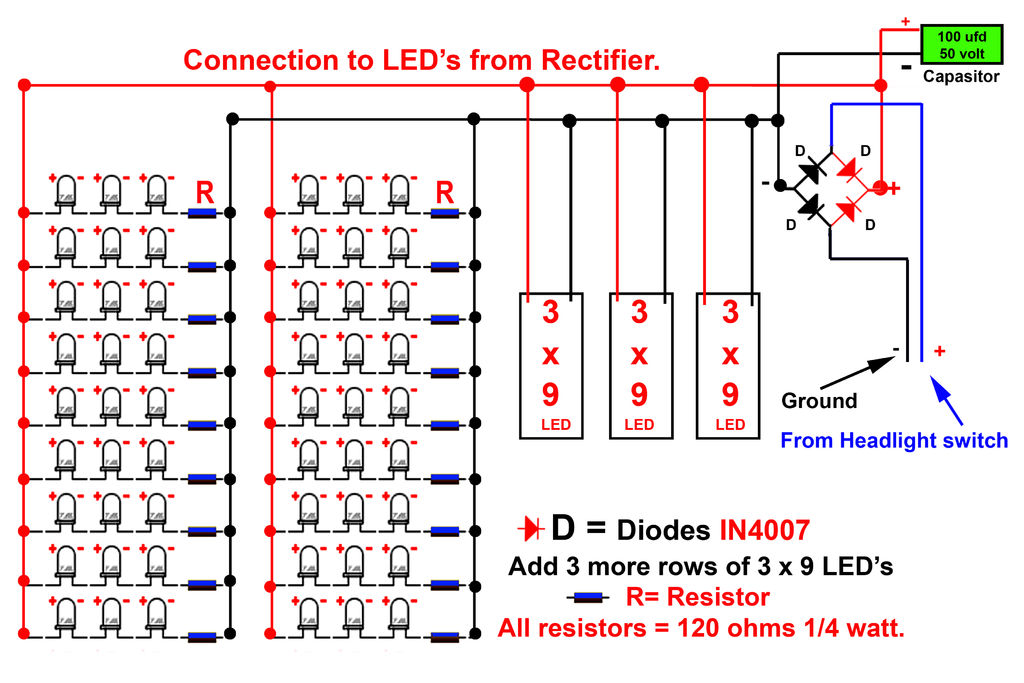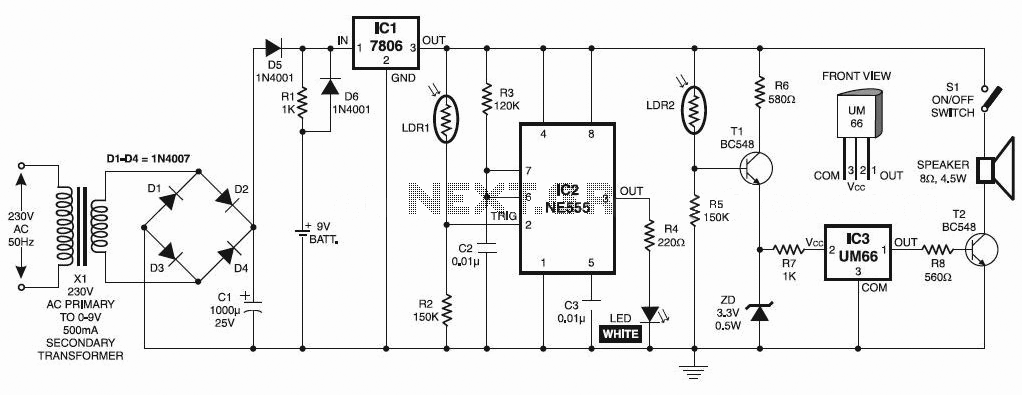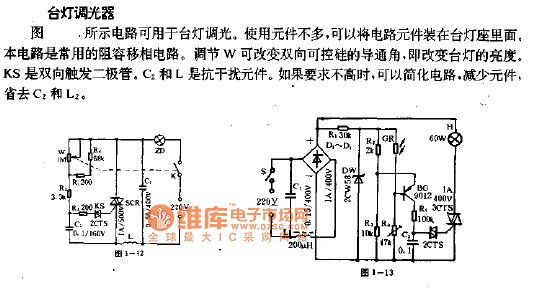
Automatic Headlight Brightness Switchs

This circuit can be integrated into a headlight switch to enable automatic switching between high and low beam headlights in the presence of oncoming traffic. It is a straightforward electronics project that includes a circuit diagram.
The circuit operates by utilizing a light sensor, typically a phototransistor or photodiode, which detects the presence of oncoming headlights. When the sensor detects a certain light level, it triggers a relay or a transistor switch that changes the state of the headlight beam from high to low, ensuring compliance with traffic regulations and enhancing safety.
The primary components of this circuit include a power supply, the light sensor, a relay or transistor, and the headlight switch. The light sensor is positioned in such a way that it can effectively receive light signals from oncoming vehicles. When the ambient light from these headlights exceeds a predefined threshold, the sensor activates the relay. This relay is connected to the headlight circuit and switches the headlights from high beam to low beam.
In addition to the light sensor and relay, a resistor may be used to limit the current flowing through the sensor, ensuring its protection. A diode can also be implemented across the relay coil to prevent back EMF from damaging the circuit when the relay is deactivated. The circuit diagram typically illustrates the connections between these components, showcasing how they interrelate to perform the automatic switching function.
Overall, this automatic headlight switching circuit enhances driving safety by ensuring that high beams are only used when appropriate, thereby reducing glare for oncoming drivers. It serves as a practical application of basic electronic principles and can be a valuable addition to automotive lighting systems.This simple circuit can be wired into your headlight switch to provide automatic switching between high and low beam headlights when there is oncoming traffic. Simple electronics project with circuit diagram.. 🔗 External reference
The circuit operates by utilizing a light sensor, typically a phototransistor or photodiode, which detects the presence of oncoming headlights. When the sensor detects a certain light level, it triggers a relay or a transistor switch that changes the state of the headlight beam from high to low, ensuring compliance with traffic regulations and enhancing safety.
The primary components of this circuit include a power supply, the light sensor, a relay or transistor, and the headlight switch. The light sensor is positioned in such a way that it can effectively receive light signals from oncoming vehicles. When the ambient light from these headlights exceeds a predefined threshold, the sensor activates the relay. This relay is connected to the headlight circuit and switches the headlights from high beam to low beam.
In addition to the light sensor and relay, a resistor may be used to limit the current flowing through the sensor, ensuring its protection. A diode can also be implemented across the relay coil to prevent back EMF from damaging the circuit when the relay is deactivated. The circuit diagram typically illustrates the connections between these components, showcasing how they interrelate to perform the automatic switching function.
Overall, this automatic headlight switching circuit enhances driving safety by ensuring that high beams are only used when appropriate, thereby reducing glare for oncoming drivers. It serves as a practical application of basic electronic principles and can be a valuable addition to automotive lighting systems.This simple circuit can be wired into your headlight switch to provide automatic switching between high and low beam headlights when there is oncoming traffic. Simple electronics project with circuit diagram.. 🔗 External reference





